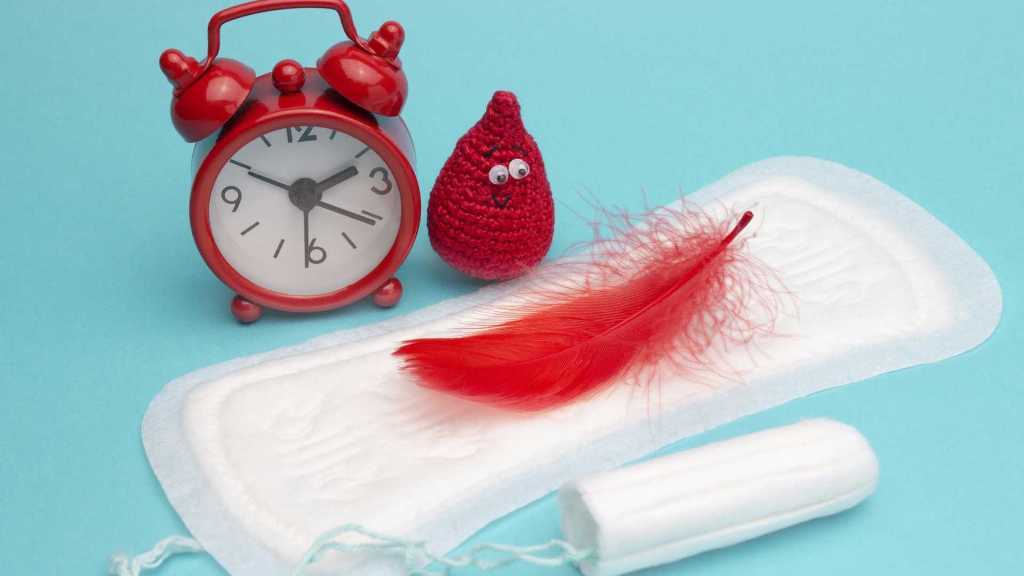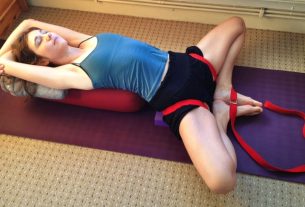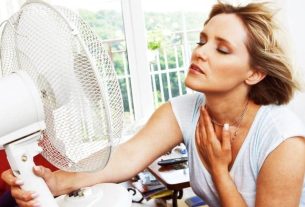The first menstruation in a woman’s life is called menarche, and it changes the girl’s body completely and forever.
The first menstruation in a woman’s life is called menarche. It usually happens between 10 and 14 years of age, and is part of puberty.
Puberty for girls begins when they experience intense growth: the beginning of breast development, the widening of the hips and the appearance of hair in the armpits and groin.
After menarche, other physiological processes occur and lead to the beginning of a woman’s sexual maturation. For example, the appearance of breasts (thelarche), appearance of hair (pubarca), development of the genital system and, finally, the beginning of ovulation, which defines female reproductive capacity.
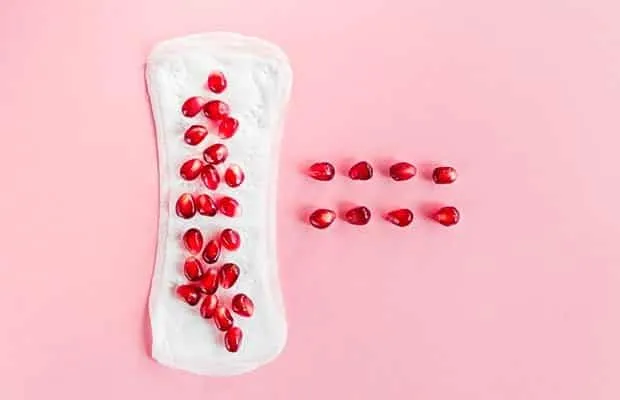
What is menarche
Menstruation is bleeding that happens, on average, once a month. It is the result of the endometrium peeling off the wall of the uterus, which is responsible for housing the egg if it is fertilized. Menarche is the first time this happens in a woman’s body.
It is normal for dark-colored blood to appear during your first period, similar to coffee grounds. Afterwards, the flow regularizes, and can be less or more intense, depending on the woman.
Furthermore, the flow of menstruation is continuous, that is: it cannot be stopped from coming out, just like pee. It comes out all the time, slowly and little by little.
However, menstruation is not liquid. In general, it looks like a raw egg white, but reddish in color. It is also normal for some clots to appear, which are “balls” of hard blood. This happens because this blood sometimes takes a little longer to come out, so it ends up clotting.
The menstrual cycle has 30 days, however, at the beginning, the cycles are irregular and can vary between 28 and 40 days. However, it is normal to have menarche, and the next period to come months later, for example.

Symptoms
Days before the onset of menarche, a woman may begin to experience symptoms of the famous premenstrual syndrome (PMS) for the first time. Mood changes, fluid retention, increased breast sensitivity, abdominal cramps and cramps are common signs and symptoms.
Another important sign that may appear is a physiological discharge. It is the result of increased production of estrogen by the ovaries, which generates changes in the vaginal mucosa. Therefore, it is usually thin, whitish in color, has no odor and does not cause itching or burning.
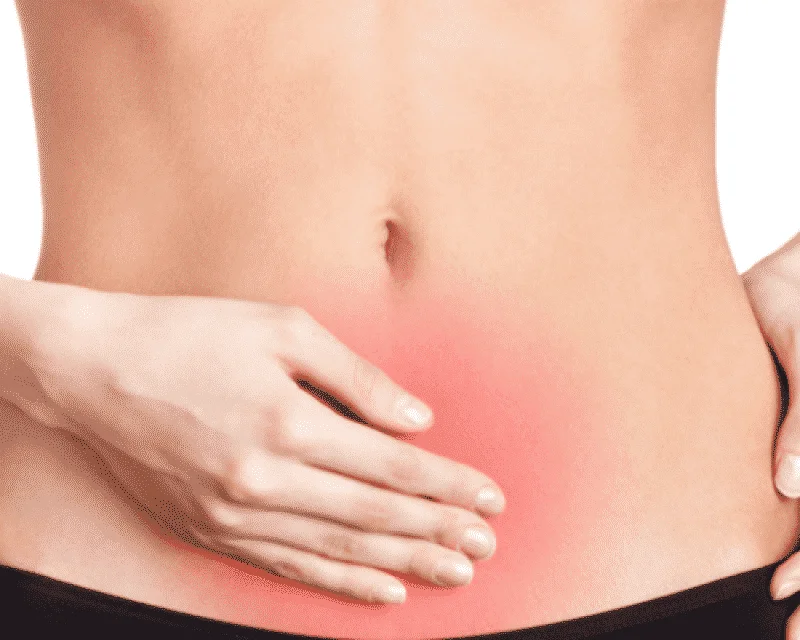
And then?
It is important for girls to use menstrual protectors, which will prevent their periods from dirtying their clothes. They can be internal, which are inserted inside the canal; or external ones that remain on the outside, absorbing the flow that has already left. During your first periods, it will probably be more comfortable to use an external protector, such as; the external absorbent or the absorbent panties.
At puberty, which is when menarche occurs, girls produce many hormones, which are responsible for making their skin more oily. Therefore, it is normal for some blackheads and pimples to appear. However, they are not directly linked to menstruation.
During menstruation, it is normal for a girl to feel looser in her bowels. After all, the intestine is there close to the uterus, which is being squeezed to make the blood come out, so it ends up being squeezed too.
Menstrual cramps are the result of the uterus contracting to expel blood. However, severe pain, in which the girl cannot even get out of bed, is not normal.
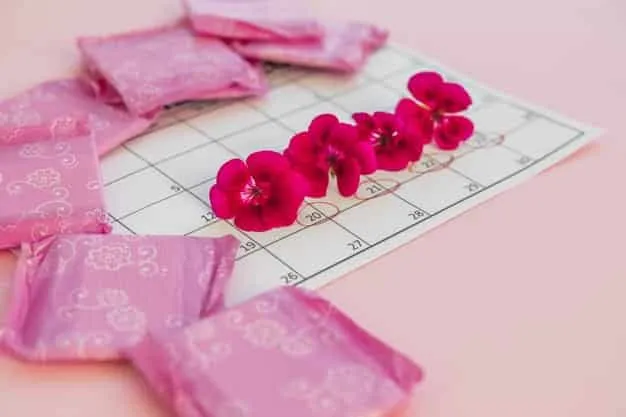
Finally, if you liked this article, you will also like Absorbent Panties – What they are, how to use them, benefits and contraindications.
Fonte: Mdsaude, Herself, Unimedlondrina.
Images: Gazetanews, Diariodoscampos, Freepik, Avozdacidade, Capricho.

Sign up for our newsletter and stay up to date with exclusive news
that can transform your routine!
Warning: Undefined array key "title" in /home/storelat/public_html/wp-content/plugins/link-whisper-premium/templates/frontend/related-posts.php on line 12
Warning: Undefined array key "title_tag" in /home/storelat/public_html/wp-content/plugins/link-whisper-premium/templates/frontend/related-posts.php on line 13

